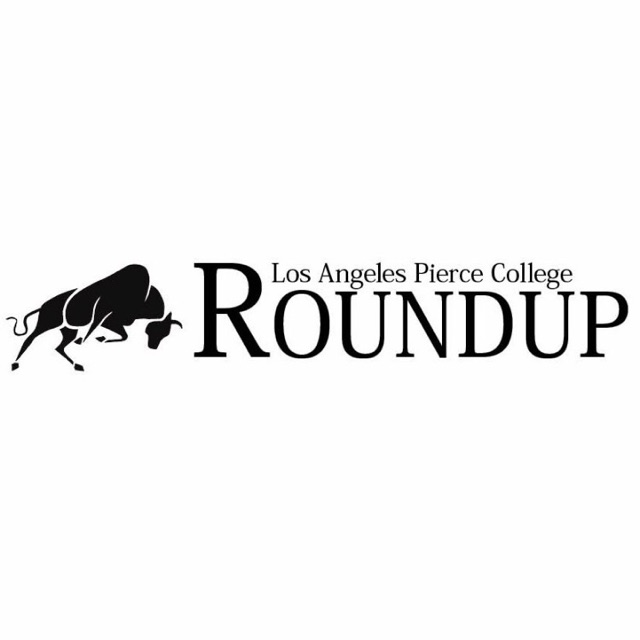It can happen to anyone.
Among undergraduate students, 23.1 percent of females and 5.4 percent of males experience some form of sexual harassment or assault through physical force, violence, or incapacitation, according to RAINN, an anti-sexual violence organization.
However, nationwide, people are addressing the issue to change the stigma when discussing sexual assault.
On campus, Brahmas Responding with Actions and Voices through Empowerment (B.R.A.V.E) spoke to students about sexual assault and measures to prevent it in the “It’s On Us” event on the Mall last Thursday.
“It’s On Us” is a nationwide cultural movement dedicated to raising awareness, with the goal of curtailing sexual assault.
Lara Conrady-Wong, the student engagement coordinator and counselor, said that the event was hosted by B.R.A.V.E in conjunction with the Student Health Center and the Cal State Northridge non-profit organization Strength United.
Conrady-Wong said that the event aimed to promote active attempts to prevent assault rather than focusing on its aftereffects.
“The Clothesline Project was geared toward acknowledging survivors of sexual assault. This movement seeks to promote sexual assault prevention,” Conrady-Wong said. “It’s meant to inspire others to get in front of the epidemic, rather than focus on the fallout.”
Conrady-Wong said that the “It’s On Us” event at Pierce is timely, considering the sexual assault cases prevalent in recent news.
“It’s the perfect time to have an event like this because students are going to be learning about the problem with all that’s been happening in the news. This gives us a chance to further educate them and teach them how they can stop sexual assault before it happens,” Conrady-Wong said.
Julia Stern, a prevention education specialist with Strength United, said that the “It’s On Us” movement seeks to encourage individuals to not standby when faced with a crime or when seeing someone in need.
“The movement is meant to promote upstander intervention. Where bystanders witness an event and choose not to do something about it, upstanders do the opposite and intervene when someone needs help,” Stern said.
Stern said that the movement was inspired in part by a persistent culture that seems to treat sexual assault as a facet of life rather than an issue that can be addressed and stopped.
“All too often, we teach young girls how not to be sexually assaulted, which seems to say that, ‘It’s not if it happens, it’s when it happens.’ We’re trying to challenge that as a condition of living,” Stern said. “It’s not enough to be there to hold someone’s hand after something happens. We need to be there to protect people.”
Like Stern, Associated Student Organization (ASO) president Efren Lopez said that the ASO was inspired to host the event with B.R.A.V.E and the Student Health Center to emphasize sexual assault as a topic of concern.
“When sexual assault is highlighted in news with politicians and celebrities, it can seem like it’s something that only happens in the higher levels of society above ordinary people,” Lopez said. “It happens everyday, but people like us don’t have the same platform to speak up from. This movement creates that grassroots change in how we talk about sexual assault among the general population.”
Lopez said that the “It’s On Us” movement makes sure the topic of sexual assault does not get lost in a deluge of popular news stories and gives people a way to keep the discourse surrounding the subject alive and on focus.
“Sometimes, people might get sick of the news or feel oversaturated with the same things happening, but this is a conversation that needs to continue. The movement makes sure that we can talk and keep on talking about the issue of sexual assault,” Lopez said.




